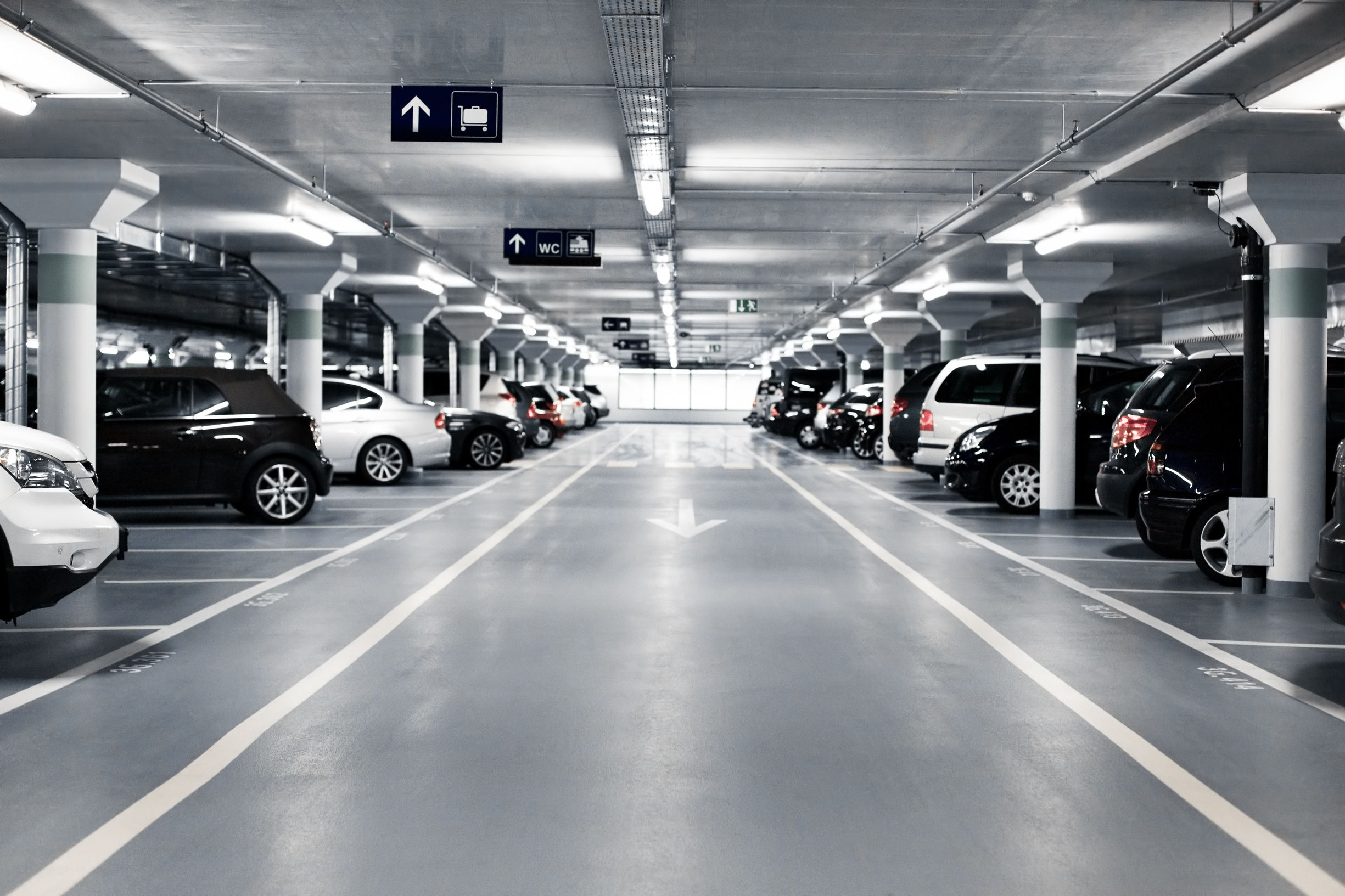
As we watch the retail environment evolve and respond to the market place, another evolution is about to occur with retail, mixed-use, and office facilities. Landlords and developers in this arena tend to think about the entrances to their properties as the front door. I think that for most customers, the first impression of a project occurs when they arrive at the project’s site.
In my career, access and parking were usually the forces that determined design solutions when planning a new site. The amount of space dedicated to parking, in conjunction with other requirements such as storm water management (storm sewer, surface water swales, possible detention/retention areas) and ancillary needs (pocket parks, water features, decorative and descriptive site signage) necessitate a certain amount of green space. After that, you looked at what was left for your building footprint.
In the next decade or so, sites will be built more densely and efficiently.
I don’t care if you want to talk about parking lots, parking ramps, or parking garages. For the purposes of this dialogue, they are all to be considered similar. I think that a massive change is coming and there will be a lot of real estate that will need to be reworked and repurposed.
We are on the leading edge of smart cities, self -driving cars, flying single-occupant taxis, robots, drones and, of course, Amazon’s Alexa. Even the U.S. Navy has created as autonomous unmanned warship called Sea Hunter. Experts maintain that we are eight to ten years away from integrating these technologies our daily lives. Soon, mobility devices will be for hire or purchase.
Eventually, if you don’t use public transit, the drive to work will be made in a self-driving for-hire vehicle that drops you off at the office and then goes to assist other customers, or clusters together with other for-hire vehicles at busy times to await their next tasks. There are applications that allow self-driving vehicles to talk to one another several times per second. This communication would allow self-driving cars to move in tight formations at relatively high speeds while minimizing space between themselves and maximizing the number of vehicles on a designated travel path.
Imagine buying your groceries online from Walmart and then having a delivery robot bring your order to your residence. If you choose to work through your lunch hour, a small delivery robot could brings you the lunch you ordered online, negating companies like Uber Eats and GrubHub? After work, that same delivery droid can meet you at your residence with a bottle of wine or a six pack of beer. This will be part of the so-called last mile system to deliver goods.
For those who love retail therapy, how about a new retail prototype that has a robotic concierge assistant that brings you refreshments or helps you select the perfect pair of shoes? How about another droid that follows you to carry and stores all your purchases as you move about the store?
What is to become of huge underutilized parking areas? An investment buy? There are millions of square feet devoted to accommodate our vehicles. With self-driving vehicles, we will need a small fraction of that square footage. What are we all going to do about those parking structures that have long gently sloping levels that move vehicles between adjacent flat levels? It is not too soon to begin to consider how existing flat parking lots become any number of things. These garages could become offices, beautiful parks, bioswales, interactive green spaces, fitness centers, transit stations, walking paths, high-density housing, restaurants, medical centers, recreational, entertainment venues or more shopping.
If you have a new parking structure to create, it is not too soon to give some significant thought to how it can easily be reused with minimum demolition. Make the parking levels flat. Design the elements that physically allow the automobiles movement up or down between levels to be easily reconfigured for elevators, escalators, and additional stairs. Plan for obsolescence. It is coming.
If your parking structure is existing, now is the time to give some thought to how much work might it be to remove it and reuse the site? In addition, how much work and cost might be needed to revise the structure to facilitate new uses? Is the amount of feet between levels sufficient to accommodate other uses such as retail, office, or residential?
In any of these scenarios, plan ride hailing areas to wait for hired vehicles. Start interacting with your various authorities having jurisdiction so that as this new reality begins to happen. They can become partners to the progress and not uninformed opponents.
As much as we love our vehicles, it is imperative that we recognize and reconsider the millions of square feet we devote to our cars. This is a phenomenal amount of space. Consider the exciting possibilities of that space being necessary in the future, and the remainder being repurposed to all types of more beautiful and satisfying human uses.
Bruce Carlson is the President and CEO of CMA, an architecture, planning and interior design firm based in Dallas.






